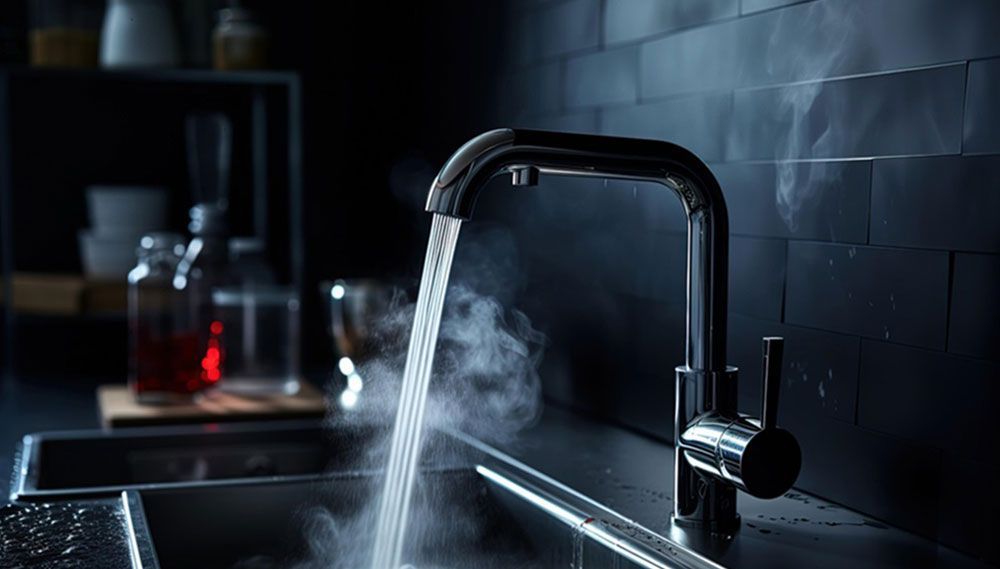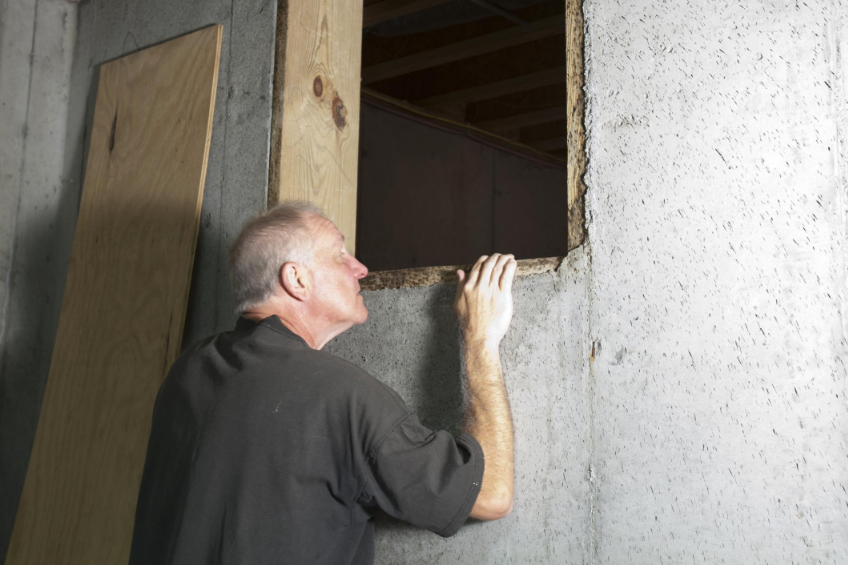The Perfect Balance: An Airtight & Well-Ventilated Home

Why build an airtight home?
In the pursuit of creating an ideal living space, designers, builders, and homeowners often grapple with the challenge of striking the right balance between airtightness and ventilation. While sealing a house tightly is crucial for energy efficiency and indoor comfort, proper ventilation is equally important to ensure a healthy living environment. In this blog post, we will explore the significance of constructing a home that is both airtight and well-ventilated.
1. The Importance of Airtightness:
Airtight construction involves sealing gaps and cracks in a home's envelope to minimize the exchange of indoor and outdoor air. This is essential for several reasons:
- Energy Efficiency: An airtight home is more energy-efficient, as it prevents the loss of conditioned air. This translates into lower utility bills and reduced environmental impact.
- Comfort: Airtight construction helps maintain a consistent indoor temperature, preventing drafts and cold spots. This enhances overall comfort for the occupants.
- Moisture Control: Tight sealing inhibits the entry of moisture, preventing issues such as mold growth and structural damage. This is particularly crucial in regions with high humidity levels.
2. Ensuring Proper Ventilation:
While airtightness is vital, a home also needs to be well-ventilated to address indoor air quality concerns. Proper ventilation offers the following benefits:
- Indoor Air Quality: Ventilation ensures the continuous exchange of indoor and outdoor air, reducing the concentration of pollutants and improving overall air quality.
- Health and Well-being: Adequate ventilation helps prevent the buildup of allergens, pollutants, and volatile organic compounds (VOCs), promoting a healthier living environment.
- Odor Control: Good ventilation helps dissipate cooking smells, pet odors, and other unpleasant scents, contributing to a more pleasant indoor atmosphere.
3. Achieving the Perfect Balance: Building a home that is both airtight and well-ventilated requires a thoughtful and integrated approach. Here are some strategies to achieve the perfect balance:
- High-Quality Insulation: Invest in quality insulation materials to enhance airtightness while ensuring thermal comfort.
- Use of Sealing Techniques: Employ effective sealing techniques, such as weatherstripping and caulking, to seal gaps around windows, doors, and other potential leakage points.
- Mechanical Ventilation Systems: Implement mechanical ventilation systems, such as energy recovery ventilators (ERVs) or heat recovery ventilators (HRVs), to ensure a continuous supply of fresh air while recovering energy from exhaust air.
- Smart Design: Incorporate thoughtful design features, such as strategic placement of windows and vents, to encourage natural ventilation.
Conclusion: In the quest for a comfortable, energy-efficient, and healthy home, finding the right balance between airtightness and ventilation is paramount. A well-designed and executed building plan, coupled with high-quality materials and modern ventilation systems, can create a living space that meets the diverse needs of its occupants. Striking this balance not only enhances the overall quality of life but also contributes to a sustainable and eco-friendly living environment.





